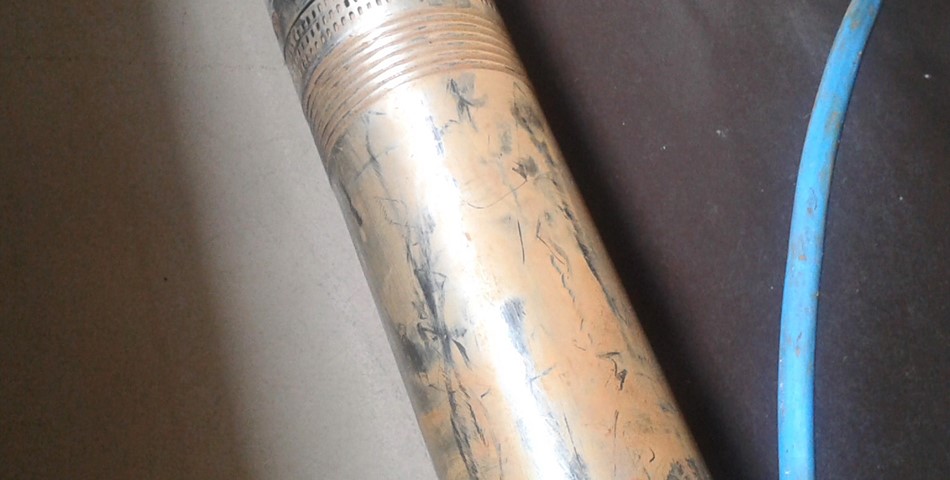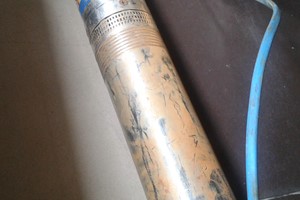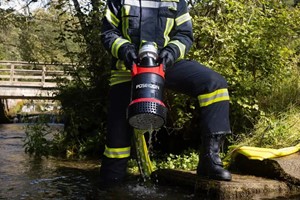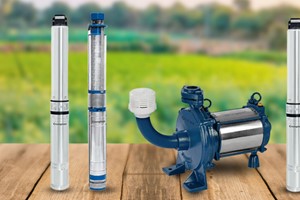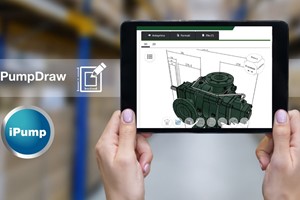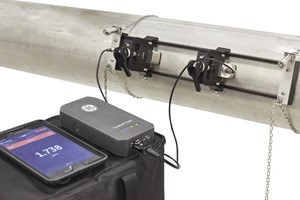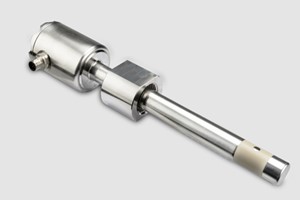Market research analysts at Technavio predict that the global submersible pump market will grow steadily at a CAGR of around 6 percent by 2021. The rising preference for submersible pumps over jet pumps is identified as one of the primary growth factors for this market. Submersible pump is a mechanical device used for transferring various types of fluid in different end use industries and is highly preferred for agricultural and industrial applications. Submersible pump is vertically submerged under the fluid to be transported (such as water etc.) and is driven by electric current, operating on the principle of centrifugal force. Various kinds of submersible pumps are available in the market, serving different purposes. In order to understand the market more comprehensively, the global submersible pump market is segmented on the basis of product type, head, and applications. By product type, the submersible pumps market is segmented into non-clog, openwell and borewell segments. Each product type is further sub-segmented and categorized on the basis of application and head type based on Future Market Insights. According to Technavio, submersible pumps and jet pumps perform the same functions of extracting liquids to the surface. But submersible pumps are a lot more efficient and use lesser energy to operate compared to the jet pumps. These pumps are also preferred as they do not need suction techniques that are required by jet pumps to pull the liquid. Moreover, submersible pumps are waterproof as the leak-proof seals prevent leakage of the liquid or electric charge when the pumps are immersed in the liquid. Additionally, these pumps do not need extra space or utility room for their existence and can be immersed deeper in the liquid unlike any other pumps. Furthermore, when immersed in the liquid the submersible pumps, do not make much noise and are free from cavitation due to which there is no spike in pressure. Owing to the presence of large international vendors, the submersible pump market is highly fragmented. These companies hold the maximum market share and are expected to retain their market positions during the forecast period. The key reasons for their prominence in the market are efficiency, reliability, and sustainability of the products provided by them. According to Technavio, he leading vendors in the market are Baker Hughes and General Electric.
Grundfos, Halliburton, and Schlumberger. The other prominent vendors in the market are Borets, Ebara, Falcon Pumps, Flowserve, Kirloskar Brothers, KSB, Lishen Pump, Pentair, Ruhrpumpen, Shengli Pump, Sulzer, The Weir Group, Walrus America, WILO SE, and Xylem. According to Future Market Insights, the presence of a large number of Chinese players offering low price submersible pumps present significant challenges for many regional and global players in the submersible pumps market. The submersible pump industry is relatively fragmented with the presence of a large number of manufacturers across the globe. Organized market players are found to have been advancing towards mergers and acquisitions in order to expand their global footprint in the global submersible pumps market. On the basis of product type, the global submersible pump market is segmented into non-clog, openwell and borewell submersible pumps. The borewell submersible pump segment has been estimated to account for 62.2 percent market share in terms of revenue in 2017, expanding at a healthy CAGR of 6.5 percent over the forecast period. The non-clog and openwell submersible pumps segments are estimated to hold a collective share of 37.8 percent in the global submersible pumps market by the end of 2017. According to Research and Markets, one trend in the market is emergence of renewable energy submersible pumps. Renewable energy submersible pumps can ideally reduce the cost of submersible pumps to zero. These pumps produce maximum efficiency in transporting water in remote areas where there is a scarcity of power. Future Market Insights reported that the development of new sources of portable water, small and medium scale industrial development are further expected to push the demand for submersible pumps over the forecast period 2017-2027.



